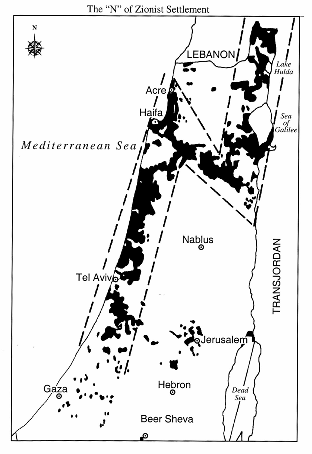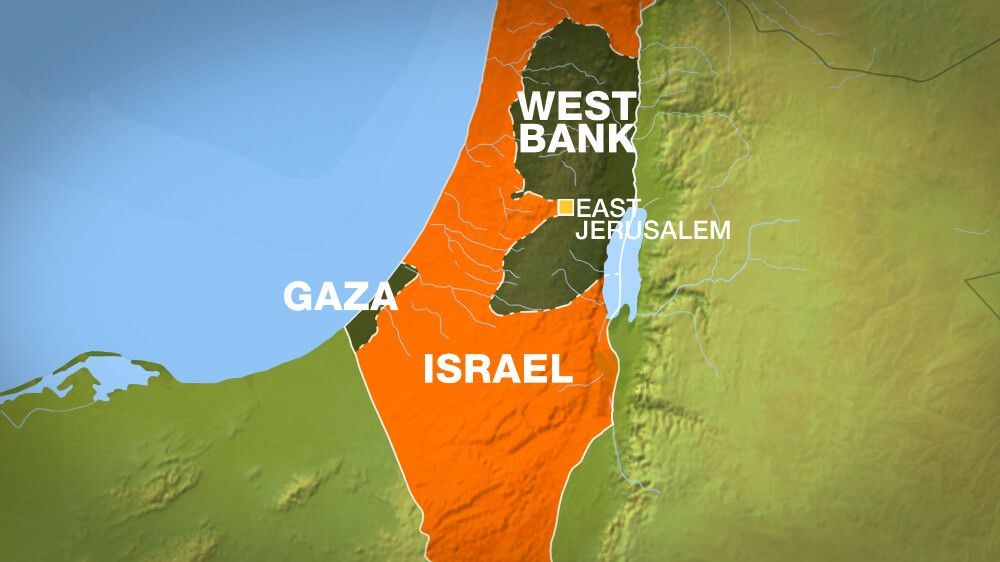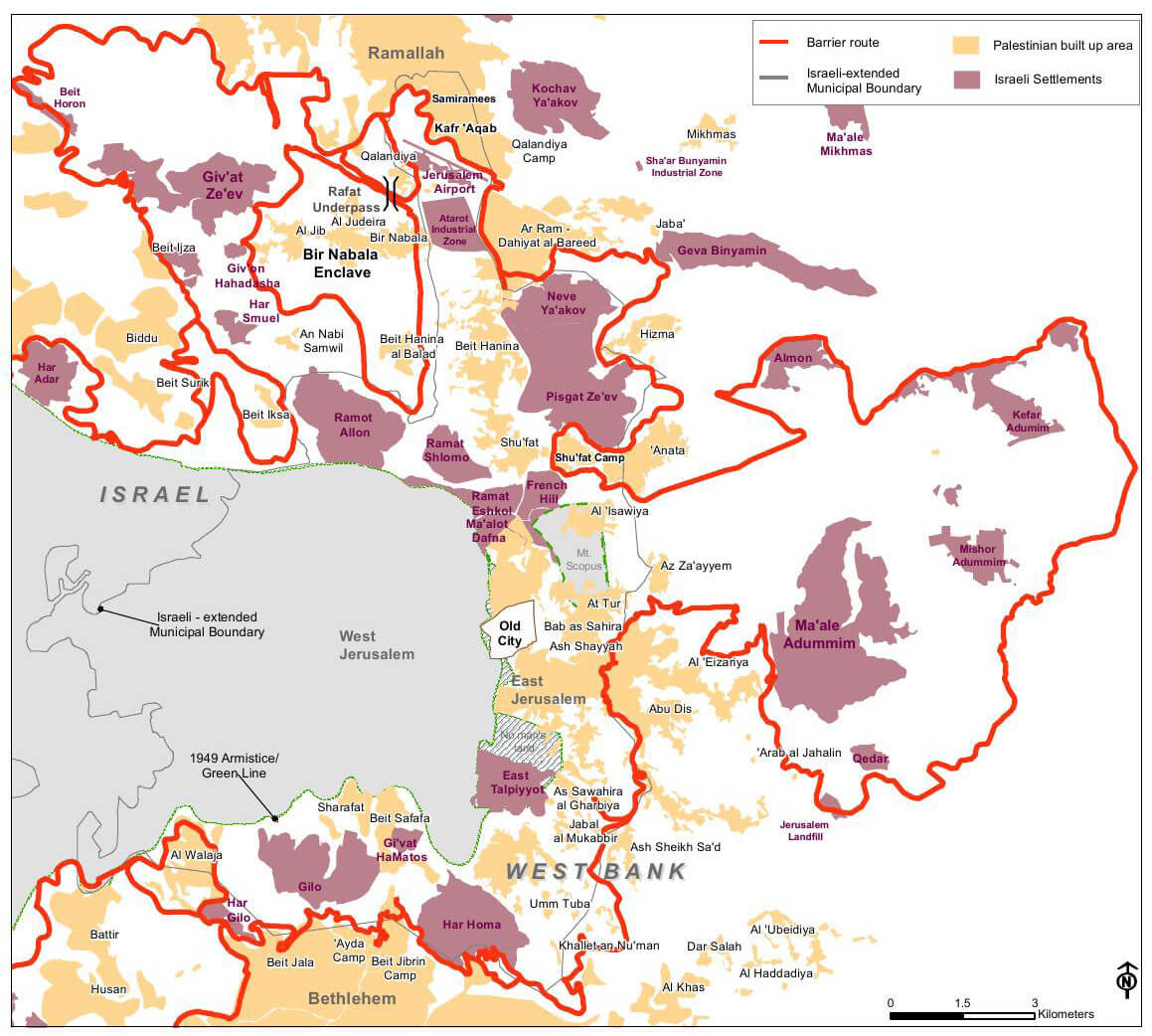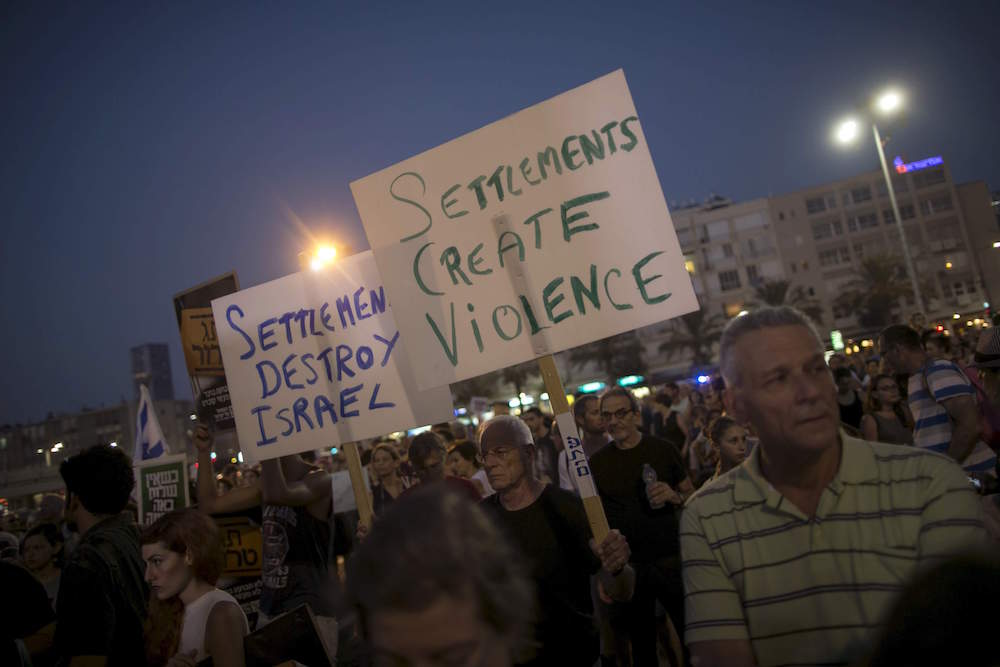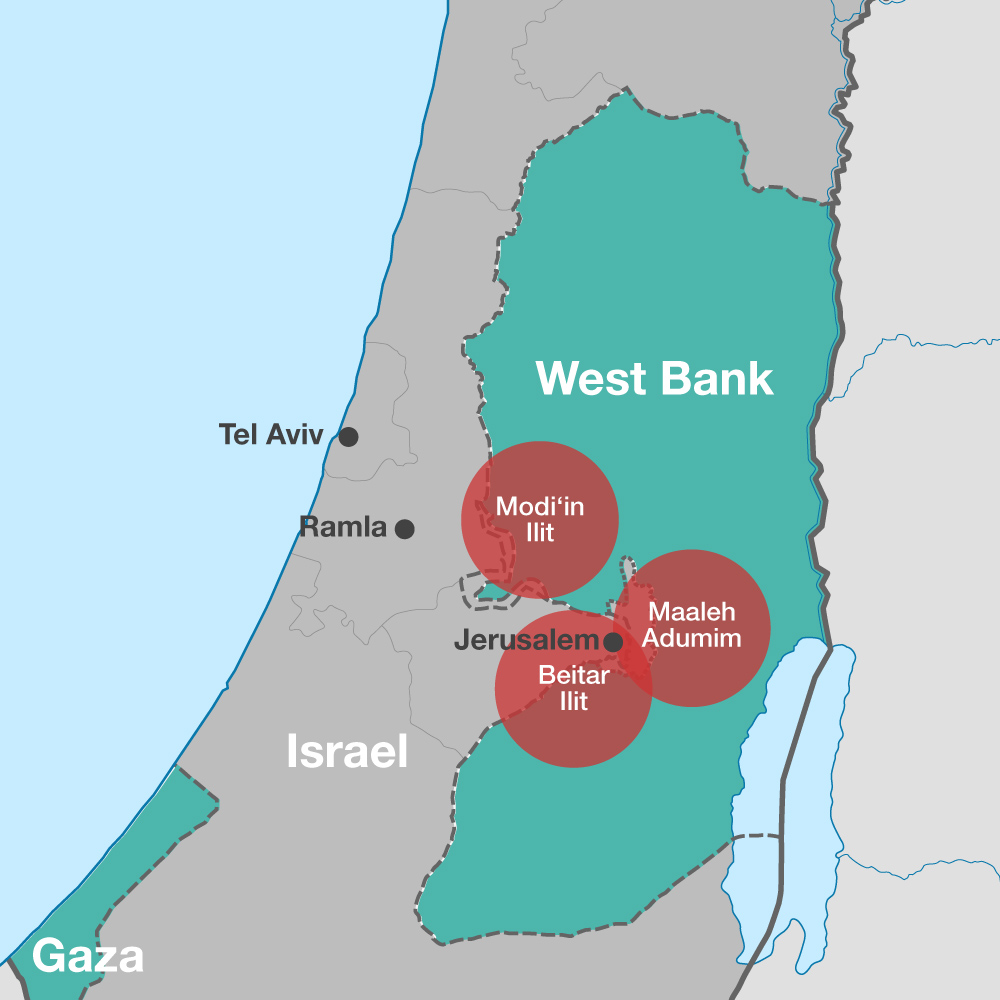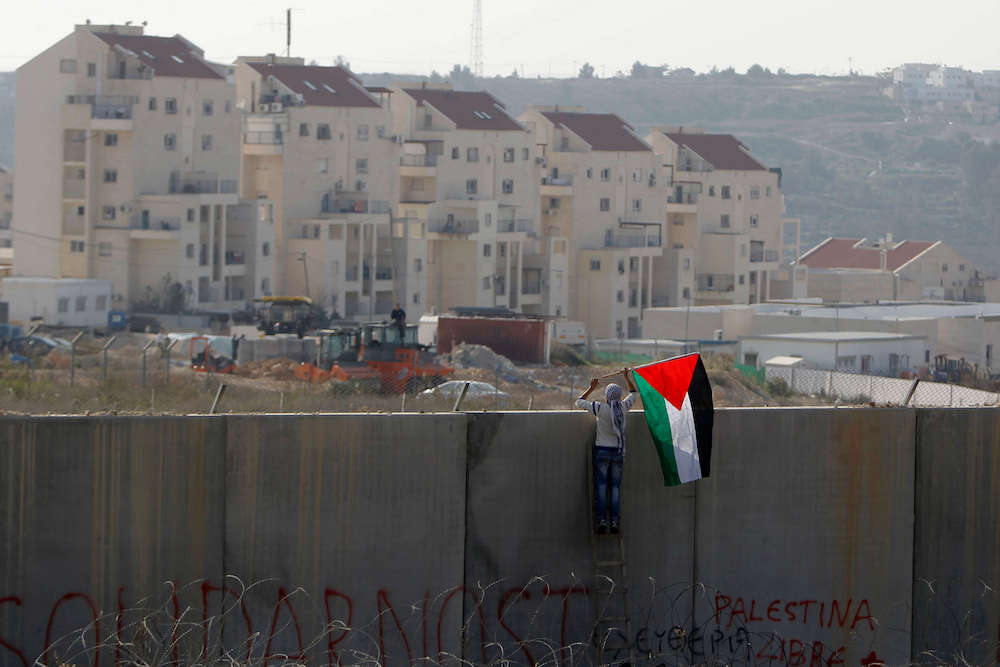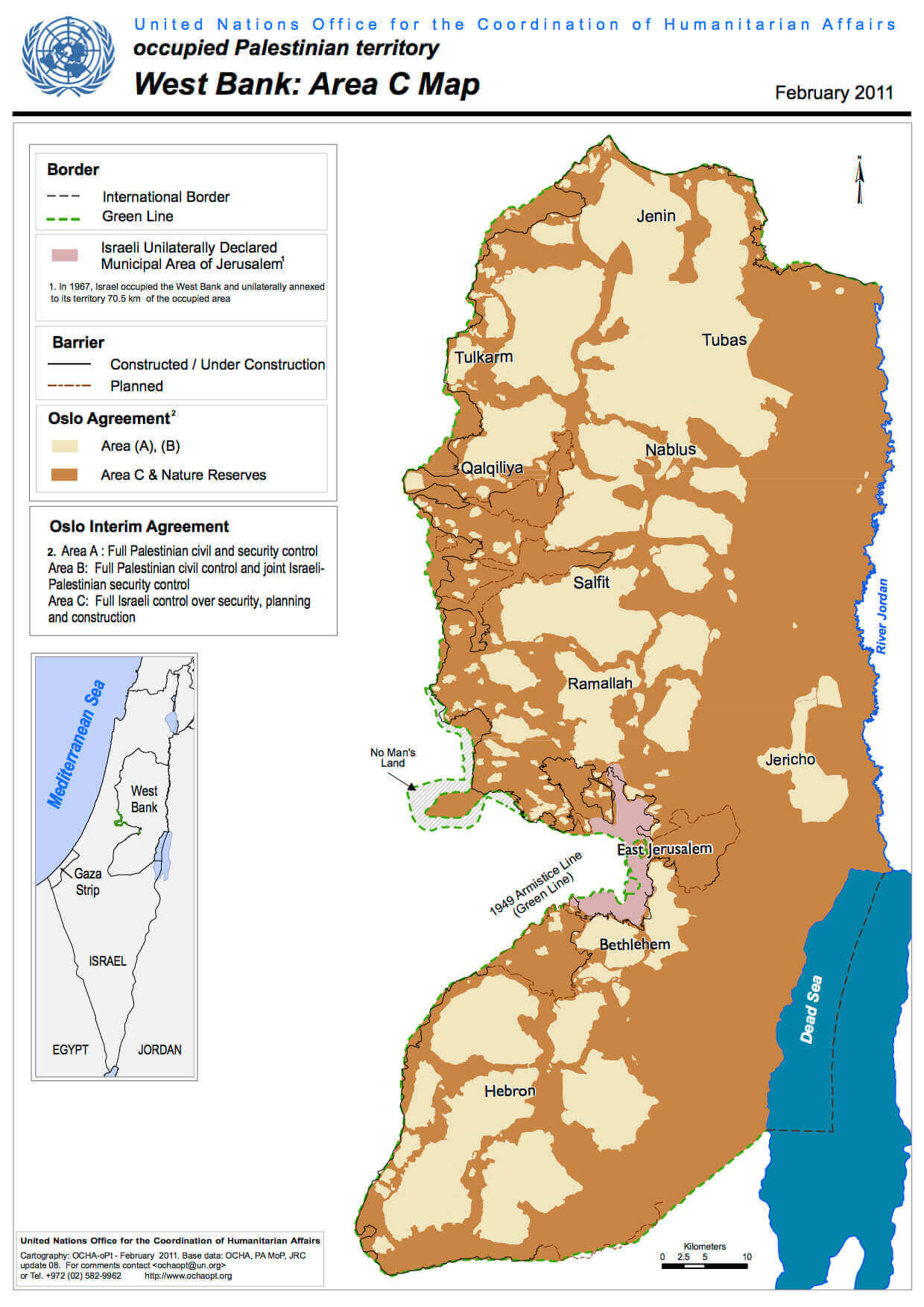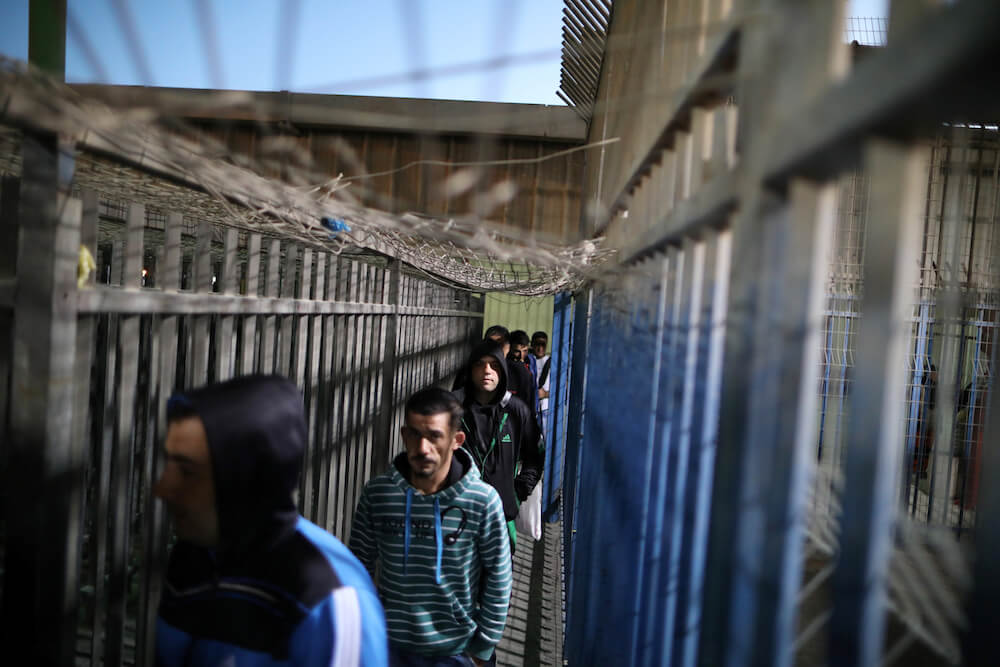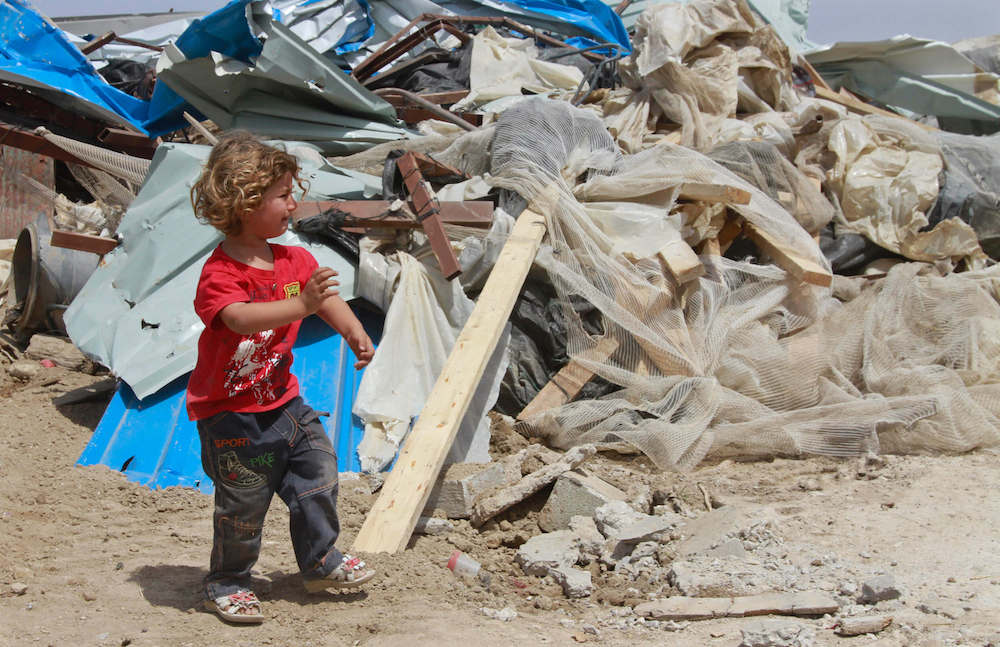To the casual visitor or tourist driving through the occupied West Bank or Jerusalem, Israeli settlements may appear as just another set of houses on a hill.
The middle-class suburban style townhouses, built fast and locked in a grid of uniform units, stand like fortified compounds, in direct contrast to the sprawling limestone Palestinian homes below.
Settlement homes, mostly constructed of cement with a cosmetic limestone cladding, tend to fashion a similar look: American-style villas topped by red-tiled roofs and surrounded by lush, neatly trimmed green lawns.
By 2018, there were 611,000 Israeli settlers living in 250 settlements in the occupied West Bank, including East Jerusalem, in contravention of international law.
The largest settlement, Modi'in Illit, houses more than 70,000 Israeli Jews in the occupied West Bank. The mega-settlement has its own mayor, as well as schools, shopping malls and medical centres.
Some settlements even have their own universities.






Today, between 600,000 and 750,000 Israelis live in these sizeable settlements, equivalent to roughly 11 percent of the total Jewish Israeli population.
They live beyond the internationally recognised borders of their state, on Palestinian land that Israel occupied in 1967, comprising East Jerusalem and the West Bank.
Since then, the Israeli government has openly funded and built settlements for Israeli Jews to live there, offering incentives and subsidised housing.
So why have these housing compounds caused so much rancour and been called a threat to the prospect of peace in the Holy Land?
Follow this journey to find out.

